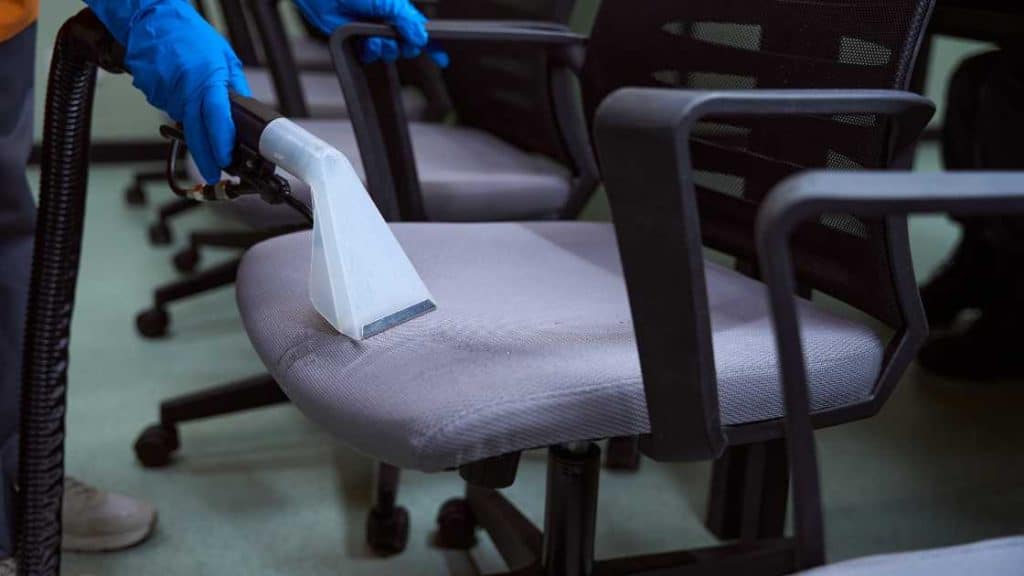Clean upholstery kitchen chairs by vacuuming the fabric, then spot-treating stains with a suitable cleaner before a gentle wash. Avoid saturating the material to prevent damage. Upholstered kitchen chairs add a touch of comfort and style to your dining area, but they can also collect spills and crumbs.
When it comes to maintaining the appearance of your upholstery kitchen chairs, how to clean them properly is key. How to Clean Upholstery Kitchen Chairs?
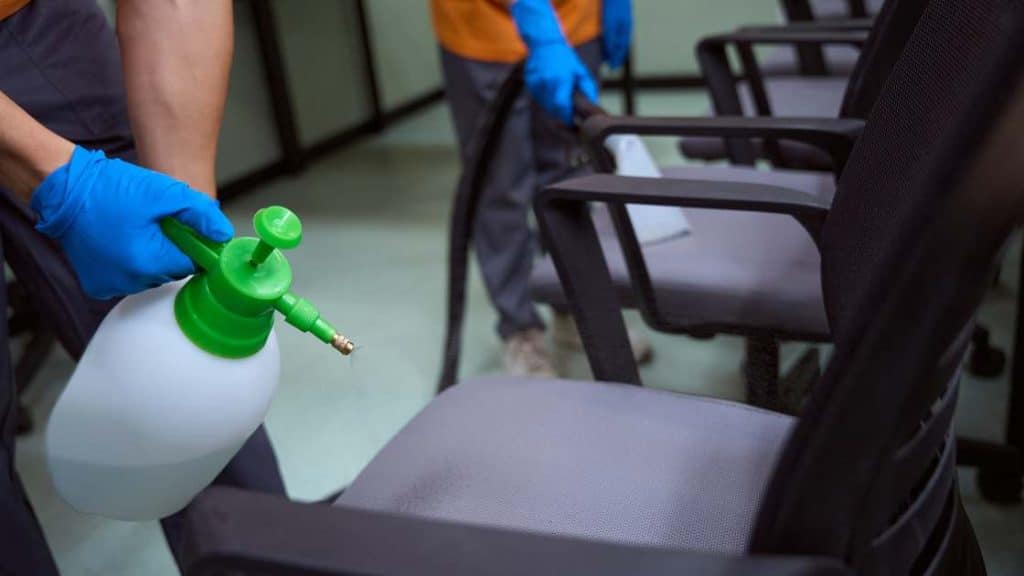
Regular maintenance plays a essental role in ensuring they always look their best. Begin the process by giving them a thorough vacuuming to eliminate any loose debris and set the stage for deeper cleaning.
The next step is addressing specific stains with a suitable cleaning solution, taking into consideration both the type of spill and the material of the upholstery.
This careful approach ensures that your kitchen chairs not only stay clean but also retain their aesthetic appeal over time.
Light scrubbing with a soft brush can lift the marks, taking care not to damage the fabric. A final, light all-over clean can refresh the upholstery without drenching it, preserving the integrity and appearance of your chairs.
Remember to always test a small, inconspicuous area first to ensure colorfastness and prevent any damage. Proper care will extend the life and look of your kitchen upholstery, keeping your dining space welcoming and comfortable.
Introduction To Upholstery Cleaning
Upholstery cleaning breathes fresh life into your kitchen chairs. It removes stains, eliminates odors, and extends the furniture’s life. Whether dealing with a quick spill or a long-overdue spruce-up, learning the best ways to clean your upholstery is essential for a well-kept kitchen.
Awaring Upholstery Fabrics And Materials
Recognizing your chair’s material is the first step to effective cleaning. Synthetics, cotton, leather, and microfiber each demand different care. Use this guide to identify your upholstery type and discover the right products and methods for the job.
| Fabric Type | Recommended Cleaner |
|---|---|
| Synthetics | Mild detergent |
| Cotton | Commercial upholstery cleaner |
| Leather | Specialized leather conditioner |
| Microfiber | Alcohol-based solution |
Frequency And Importance Of Cleaning Kitchen Chairs
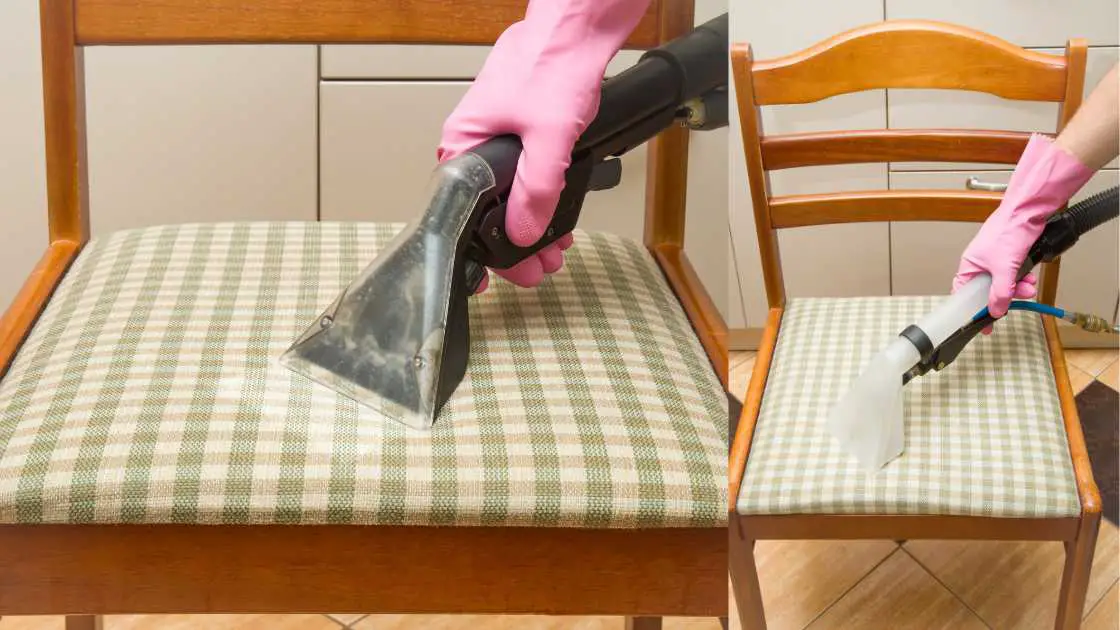
Regular cleaning keeps chairs hygienic and looking their best. Aim to spot clean spills immediately. Perform a deep clean quarterly, or more often with heavy use. This routine prevents build-ups of grime and preserves the fabric’s integrity and color vibrancy.
- Spot clean immediately after spills
- Deep clean every three months
- Adjust the frequency based on the use
Preparing To Clean Your Upholstered Kitchen Chairs
Kitchen chairs face daily use and the inevitable spills. Over time, they can accumulate stains and dirt, making them appear old and dingy. A good, thorough cleaning can bring them back to life.
Before starting, it’s crucial to have everything you need in hand and understand the right cleaning method for your particular upholstery fabric. Let’s prepare to give those chairs a fresh, clean start.
Assembling Cleaning Tools And Materials
Gather the essential tools and materials before starting. This is what you’ll need:
- Vacuum cleaner with an upholstery attachment
- Soft-bristled brushes or white cloths
- Mild detergent or upholstery cleaner
- Bucket of water (for water-safe fabrics)
- Distilled white vinegar (great for deodorizing)
- Baking soda (for stubborn stains)
Determining The Best Cleaning Method For Your Upholstery
Identify your upholstery’s material by checking the manufacturer’s tag. You’ll see a code there:
| Code | Meaning | Cleaning Method |
|---|---|---|
| W | Water-based cleaner | Safe to use water for cleaning |
| S | Solvent-based cleaner | Use dry-cleaning products only |
| WS | Water or solvent cleaner | Either water or dry-cleaning products are fine |
| X | Vacuum or brush only | Don’t use liquid cleaners; stick to vacuuming or light brushing |
Stick to the recommended cleaning method to avoid damaging your chairs. If your tag is missing, test a hidden area with a water-based or solvent-based cleaner, depending on what you think is safest.
The Diy Approach To Upholstery Cleaning
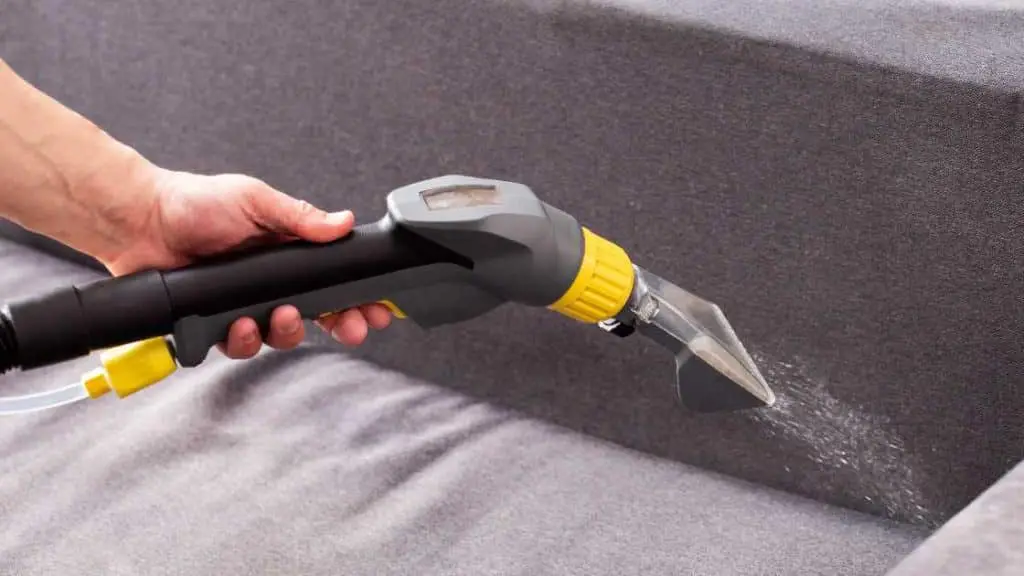
Tackling dirty upholstery on your kitchen chairs doesn’t require professional help. A DIY approach can restore the cleanliness and beauty of your chairs.
Simple tools and products are all you need. Follow these steps to achieve fresh and clean upholstery.
Vacuuming And Brushing: The First Step In Cleaning
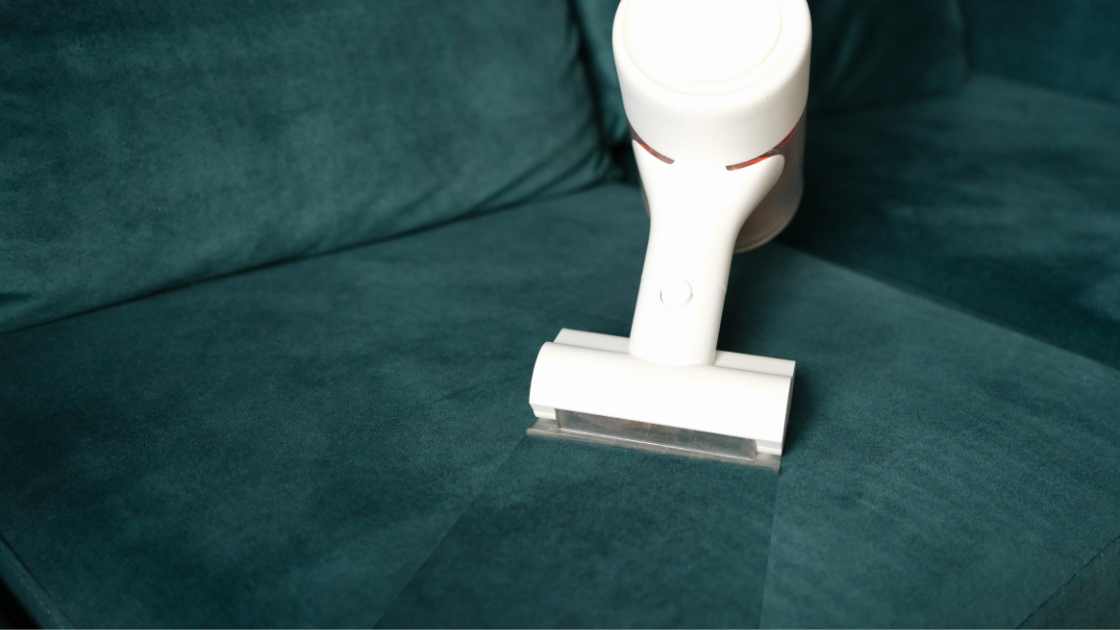
Vacuuming removes loose dirt and dust. Use an upholstery attachment to prevent fabric damage. Here’s how:
- Unplug the chair if it’s electric.
- Remove all cushions to clean every nook.
- Pass the vacuum over all surfaces, slowly.
- Repeat if necessary.
Next, use a soft brush to remove the remaining dust. Gentle strokes are key to avoiding harming the fabric. This prepares your chairs for the next cleaning phase.
Spot Cleaning Upholstery: Techniques And Solutions
Spills and stains happen, but they don’t have to spoil your chairs. Act fast with spot cleaning. Here’s a simple guide:
- Blot spills immediately with a clean cloth. Do not rub; it can spread the stain.
- Mix a DIY cleaning solution using warm water and gentle soap.
- Test the solution on a hidden area for colorfastness.
- Apply the solution to the stain. Use a soft brush or cloth to treat the area gently.
- Rinse with a damp cloth, blotting up excess liquid.
Always air-dry the chair before using it again. Repeat if necessary, ensuring the chair is completely clean.
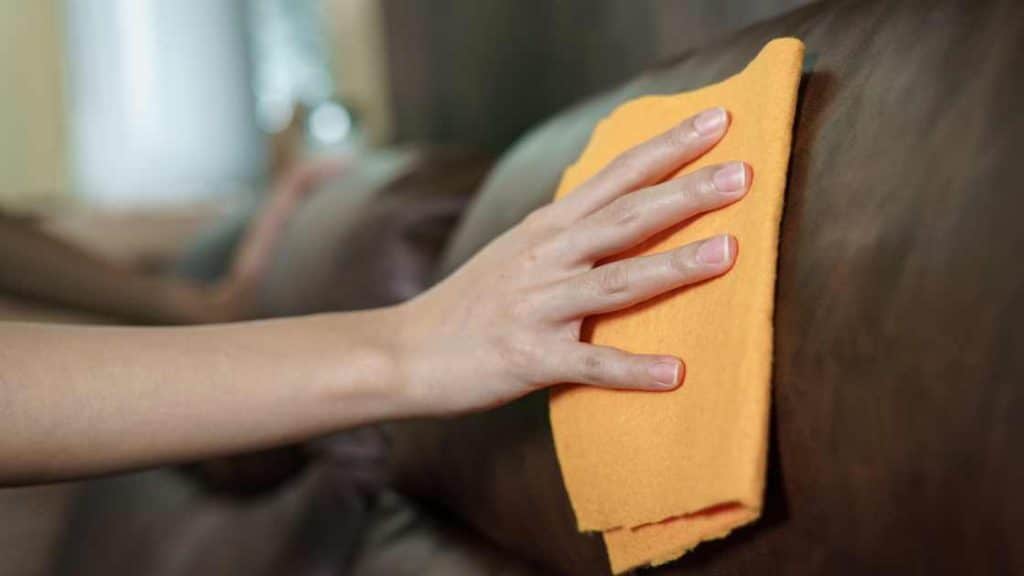
Deep-cleaning Methods For Heavy Soils
Your beloved kitchen chairs: they’ve seen better days. Daily use and accidental spills can leave even the sturdiest upholstery looking tired and grimy.
Fear not, because, with the right strategies, a deep clean can restore them to their former glory. Let’s tackle those heavy soils head-on so you can welcome your spotless chairs back to the table.
Using Steam Cleaners For A Thorough Clean
Steam cleaners work wonders for pulling out deep-set grime. This method uses hot vapor to penetrate fabric, breaking up dirt without oversaturating the material.
- Vacuum first to remove loose particles.
- Pre-treat any noticeable stains with a spot cleaner.
- Fill your steam cleaner with water and, if recommended, a suitable detergent.
- Test a small area for colorfastness.
- Glide the cleaner over the upholstery, keeping the nozzle moving to avoid soaking any one spot.
- Give the chairs time to dry thoroughly before using them again.
Homemade Cleaning Solutions Vs. Commercial Upholstery Cleaners
Home concoctions and store-bought cleaners both have their merits. Your choice depends on your preference for natural ingredients or professional-grade formulas.
| Homemade Solutions | Commercial Cleaners |
|---|---|
|
|
Tackling Stains On Upholstered Kitchen Chairs
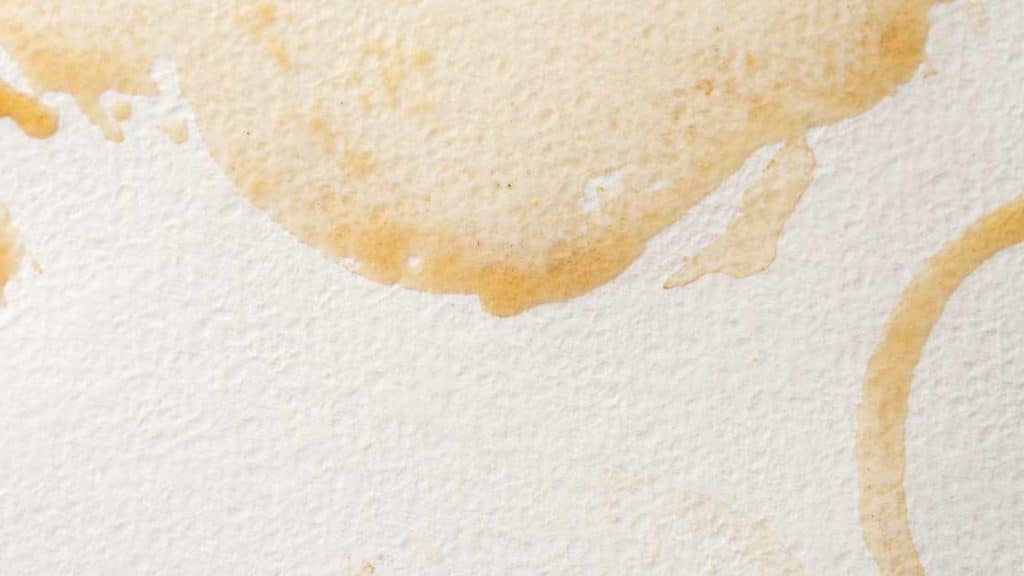
Tackling Stains on Upholstered Kitchen Chairs can seem daunting. But fear not! With the right approach, those stubborn spots will be a memory.
Identifying Common Types Of Stains And Appropriate Removers
The first step is knowing what you’re dealing with. Is it a splash of coffee or a dollop of ketchup?
| Stain Type | Remover |
|---|---|
| Grease | Dish soap or baking soda |
| Wine | Club soda or vinegar |
| Coffee | Mild detergent |
| Food | Enzyme cleaner |
Step-by-step Guide To Removing Tough Stains
- Blot, Don’t Rub: Use a clean cloth to absorb the spill.
- Check Fabric Care: Look at the label for specific instructions.
- Test Cleaner: Apply a small amount of your chosen cleaner in a hidden area.
- Apply Cleaner: Use the right remover for your stain.
- Gentle Scrub: Softly brush the stain with a soft-bristled brush.
- Rinse: Dab with a damp cloth to remove any soap residue.
- Dry: Pat with a dry cloth, then let air dry completely.
Maintaining Your Cleaned Upholstery
Maintaining your cleaned upholstery on kitchen chairs is vital to ensuring your furniture lasts for years to come.
Not only does this upkeep keep the chairs looking fresh, but it also promotes hygiene in the heart of your home—the kitchen. Let’s explore how to preserve that pristine appearance.
Protecting Upholstery From Future Stains And Spills
Shielding your newly cleaned kitchen chair upholstery from stains should top your priority list. Begin with spill-repellent treatments, which act as a barrier against accidental spills.
Check the manufacturer’s guidelines before applying any protection. Consider removable seat covers for an extra layer of defense. They can be quickly laundered in case of a spill.
Regular Maintenance Tips To Extend The Life Of Your Chairs
- Vacuum regularly to remove crumbs and dust.
- Wipe down with a damp cloth once a week for surface cleaning.
- Attend to spills immediately to prevent stains.
- Use mild cleaners that are safe for fabric.
- Rotate and flip cushions if possible, to wear evenly.
- Keep chairs away from direct sunlight to prevent fading.
These steps will help extend the life and look of your kitchen chairs, ensuring they’re always ready to impress.
Frequently Asked Questions On How To Clean Upholstery Kitchen Chairs
What Is The Best Way To Clean Kitchen Chairs?
The best method for cleaning kitchen chairs involves vacuuming to remove debris, using a mild soap solution to treat spots, and then wiping down with a damp cloth. Ensure that the chairs dry completely to prevent mold.
Can Vinegar Clean Upholstery Effectively?
Yes, vinegar mixed with water is an effective natural cleaner for upholstery. It helps to break down grime and eliminate odors. Always spot-test before applying the solution to the entire chair.
What Cleaning Products Are Safe For Upholstered Chairs?
Safe cleaning products for upholstered chairs include mild dish soaps, vinegar-based solutions, or specialty upholstery cleaners. Avoid harsh chemicals that can damage the fabric. Read labels and follow manufacturer recommendations.
How Often Should I Clean My Kitchen Upholstery?
Ideally, vacuum weekly to remove crumbs and dust. Deep cleaning can be done every 3 to 6 months, or as needed when spills occur. Regular maintenance keeps chairs looking fresh and extends their life.
Conclusion
Keeping your kitchen chairs clean enhances their longevity and maintains the pleasant ambiance of your dining space. Regular upkeep using these simple steps will ensure spotless upholstery. Remember, a clean chair is more than aesthetics; it’s about hygiene and upkeep.
Get started today, and enjoy a sparkling kitchen chair set up tomorrow!

